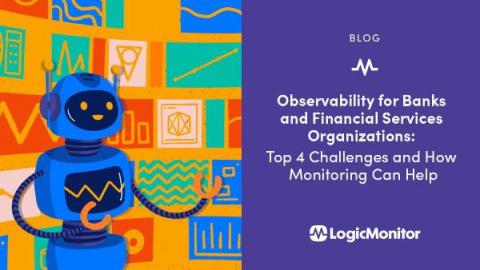Monitoring vCenter with AIOps and Observability from Broadcom
DX Application Performance Monitoring (DX APM) provides powerful capabilities for monitoring the health and performance of your vCenter infrastructure. In addition to capturing and analyzing important monitoring data, the solution will correlate vCenter performance metrics with metrics of other applications monitored by DX APM.










